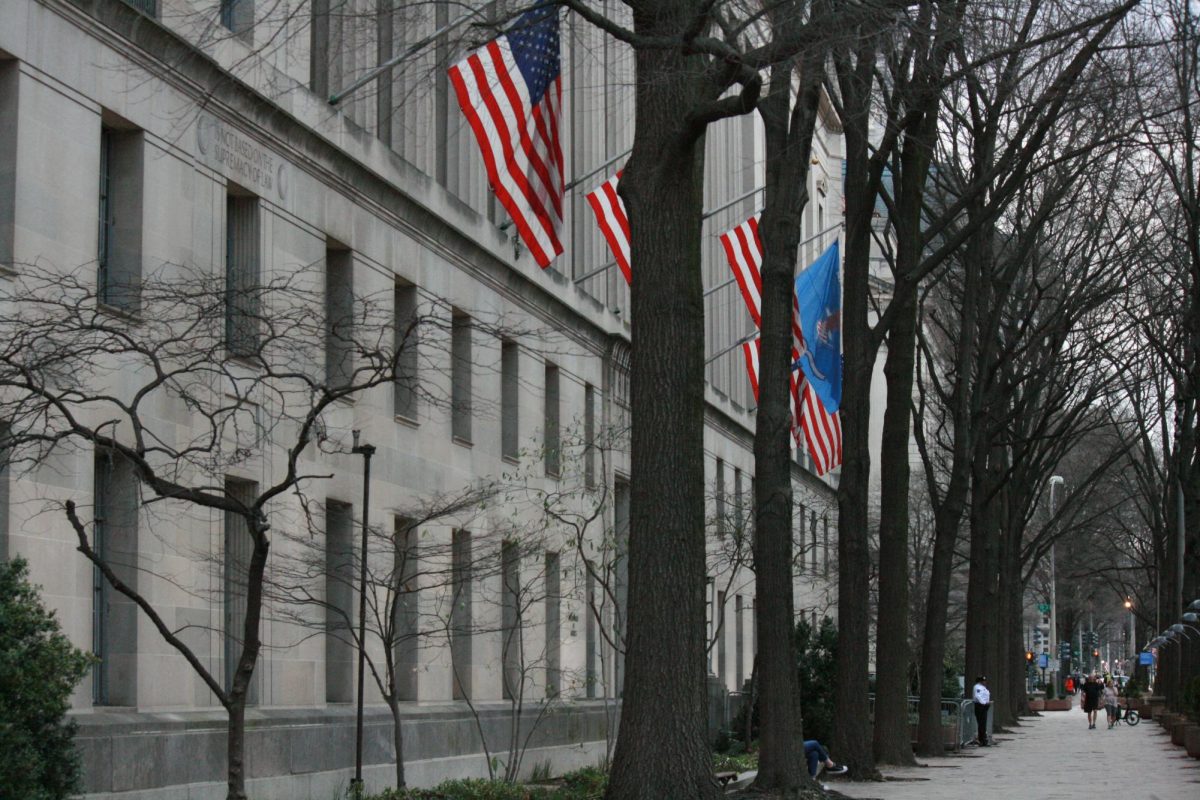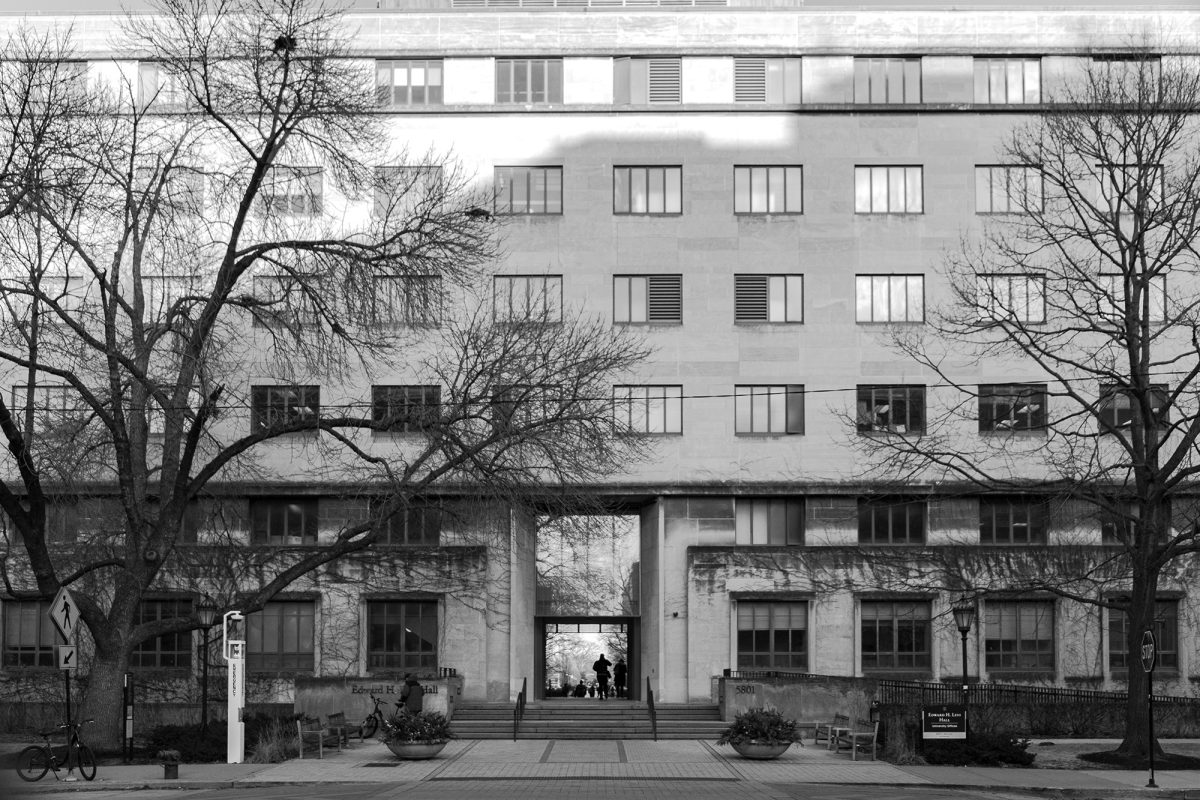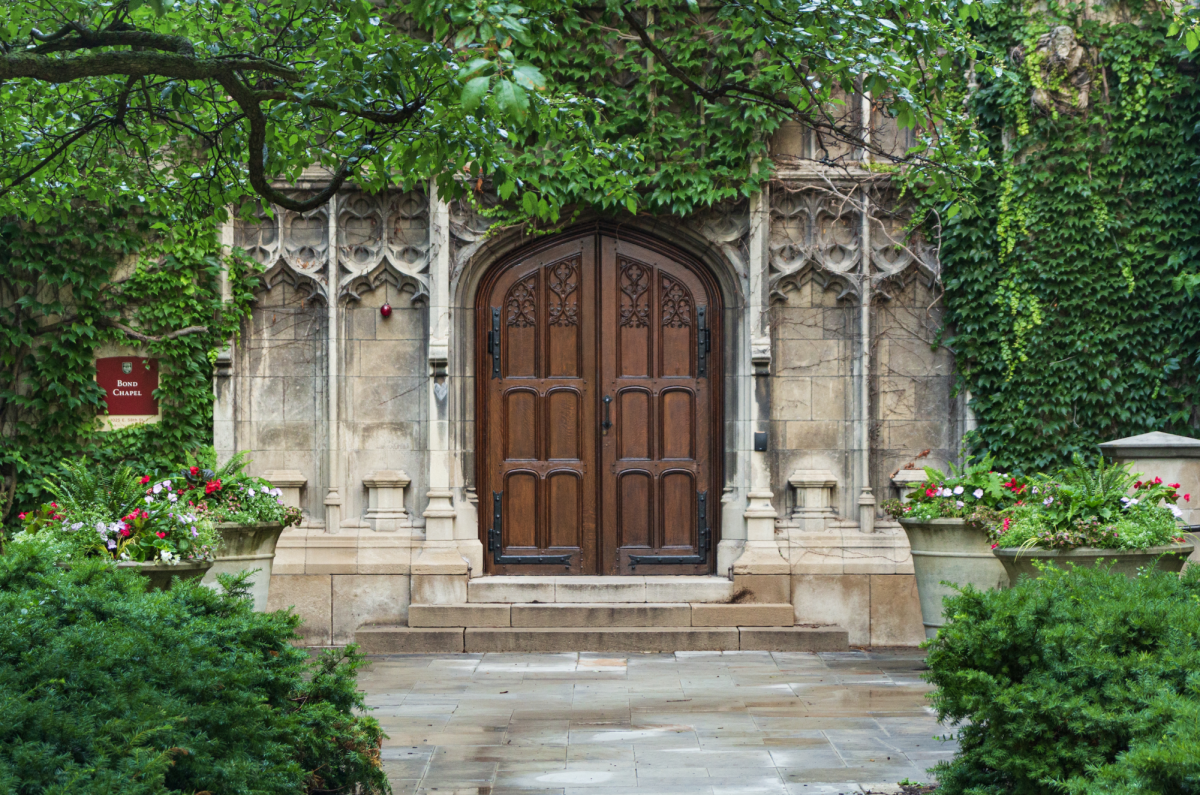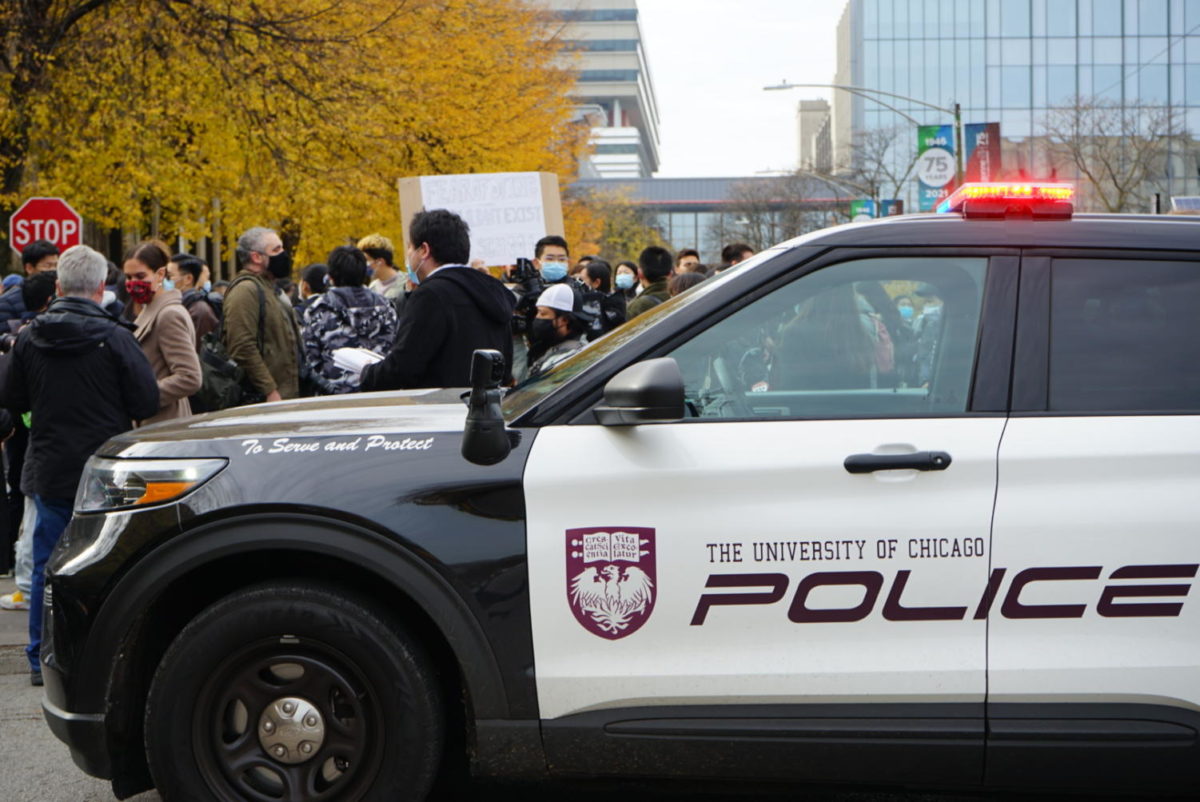Last Wednesday, students received an e-mail from Alex Lickerman, assistant vice president for Student Health and Counseling Services (SHCS), informing them that several students had recently contracted norovirus, which causes gastrointestinal distress. A November 20 Maroon article (“ER visits prompt call to health dept.”) reported that six students went to the emergency room on the morning of November 16 and that additional students exhibited symptoms but did not end up going to the hospital. In the wake of this incident, it’s clear that the University needs a service which fills the gap between appointment-based care and emergency care. Because of its flexibility, a bona fide urgent care option could fill this void and better serve student needs.
SHCS is currently the only affordable and viable option for students with a need for urgent care. Though its website states, “You will usually be seen within 24–48 hours,” wait times for appointments often stretch up to a week, sometimes forcing students in need of medical attention to either wait it out or seek emergency medical care, neither of which are appropriate for many ailments. In addition, SHCS currently counts only five physicians, two advanced practice registered nurses, and two nurse practitioners among its providers, despite the fact that the service is meant to care for an undergraduate population of over 5,000.
Another disappointing aspect of the SHCS’s coverage is its limited hours of operation. Though an urgent care clinic is offered in addition to SHCS’s 9 a.m.–5:30 p.m. weekday schedule, the clinic is still appointment-based and only open for three hours on Saturday morning. Student need often exceeds this narrow window, and those who become ill during an inconvenient time are left with the uncomfortable decision between waiting and seeking possibly unnecessary emergency care. While nurses and physicians-on-call are promoted as after-hours options for students, they are only able to recommend whether a student should seek emergency medical attention or wait for an appointment during the week or on a Saturday morning.
At peer institutions, students have at their disposal more extensive options for receiving urgent medical care. At Harvard, urgent care is available nights, weekends, and holidays. Similarly, Yale’s Acute Care Department offers students 24-hour service every day of the year for pressing medical issues which do not require a trip to the ER—a predicament which the SHCS does not address sufficiently. While the University of Chicago Medical Center has urgent care six days a week, it is offered by appointment only, and only to “established patients,” an ill-defined category which likely excludes most students on the grounds that they rarely consult with hospital physicians.
Though the stomach illness that recently struck was fortunately benign, six students went to the emergency room, while many others forwent immediate care until more suitable hours. This is an example of an illness that should not be foisted upon a busy ER, and which cannot be adequately handled by SHCS’s current structure: one that is not life-threatening, but requires urgent medical attention, and very possibly on a weekday or after normal business hours. In order to meet this important need, the University should look to emulate the urgent care offerings of its peer institutions and work to ensure a happy and healthy student body.








